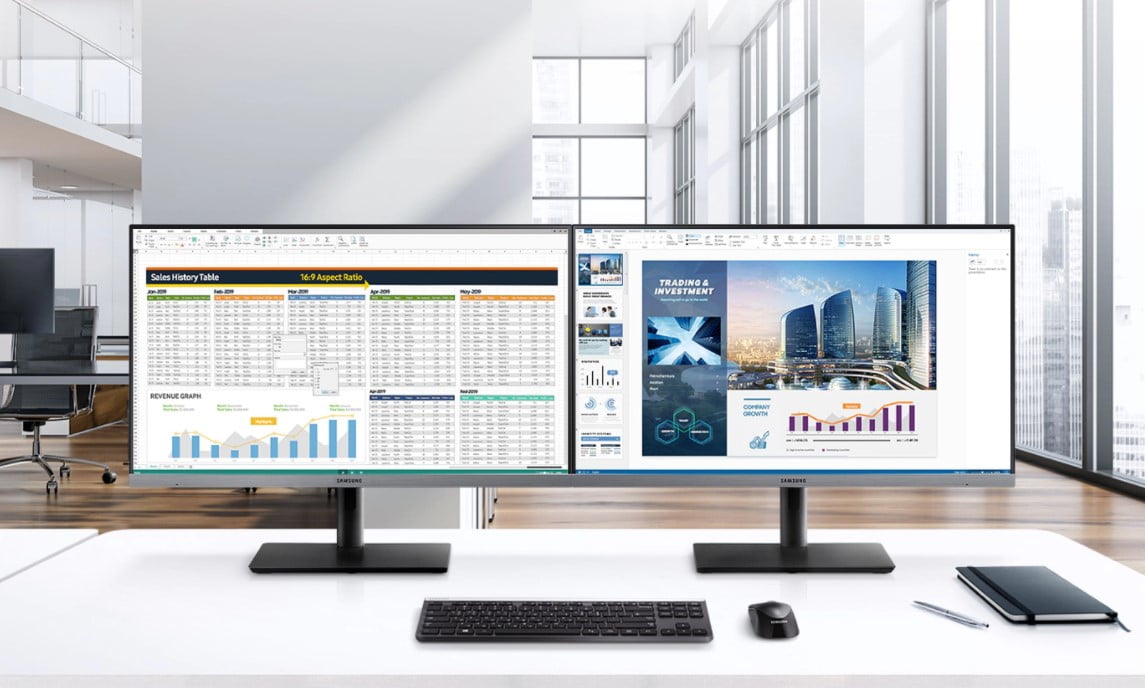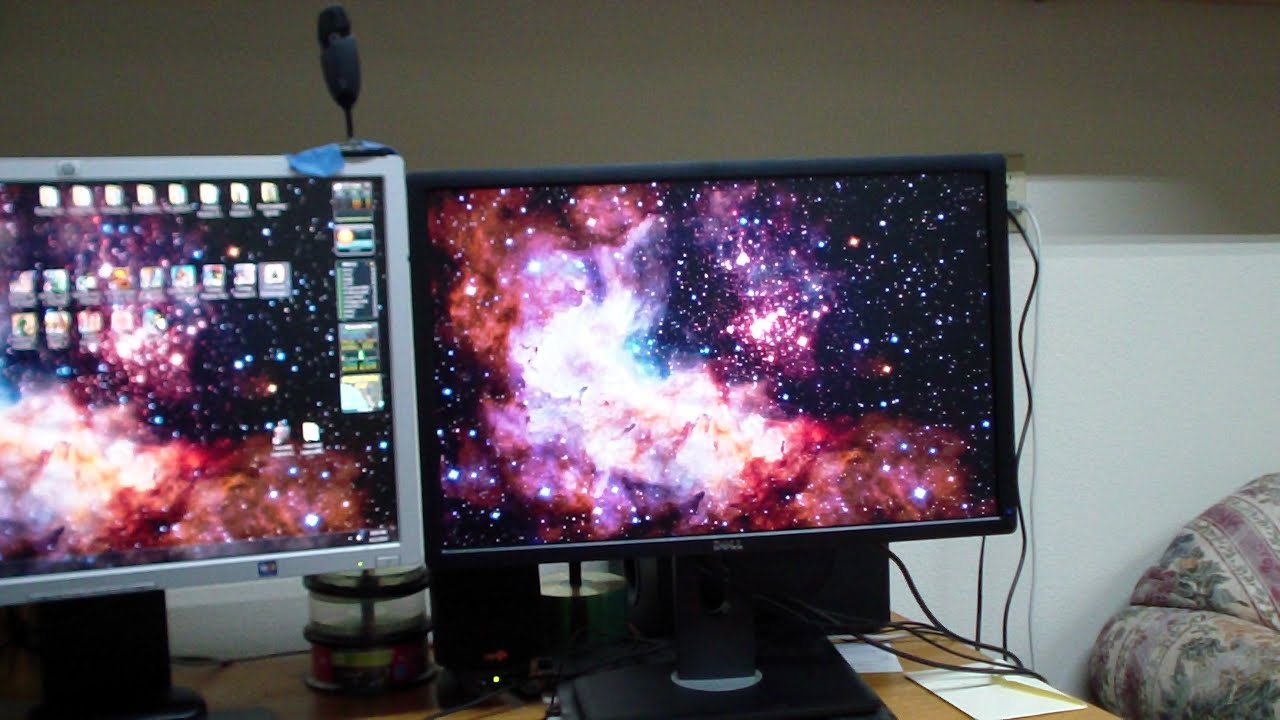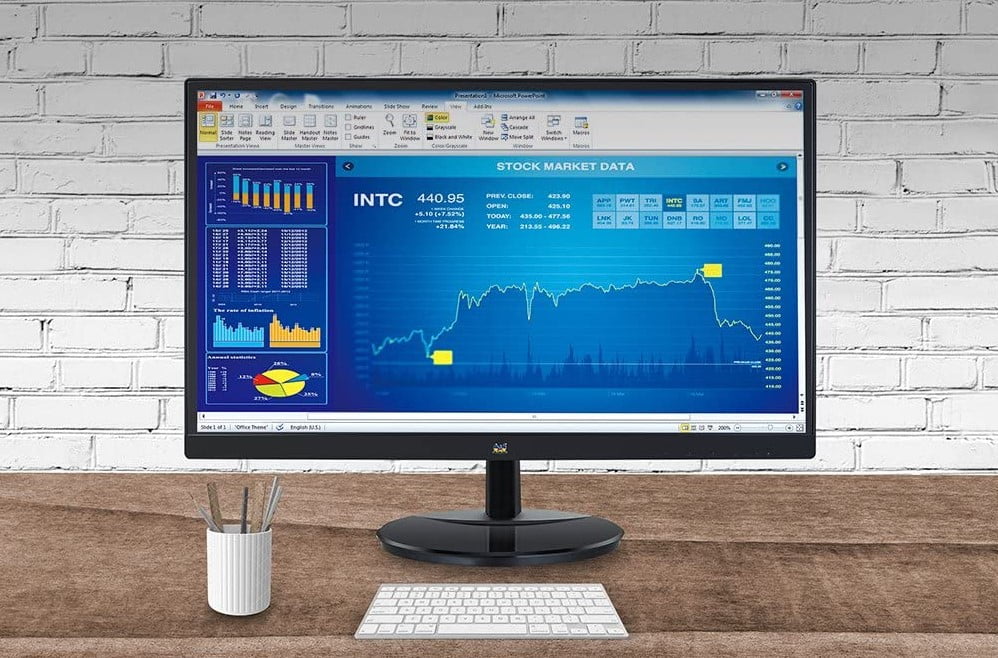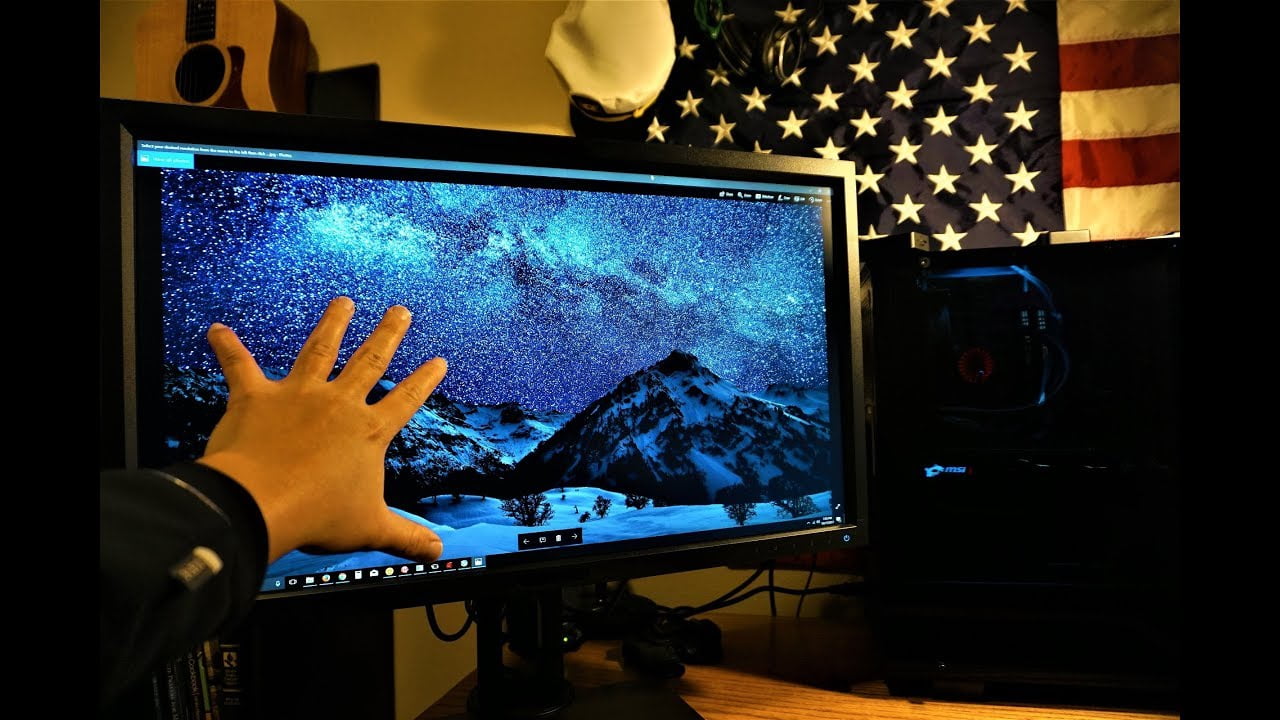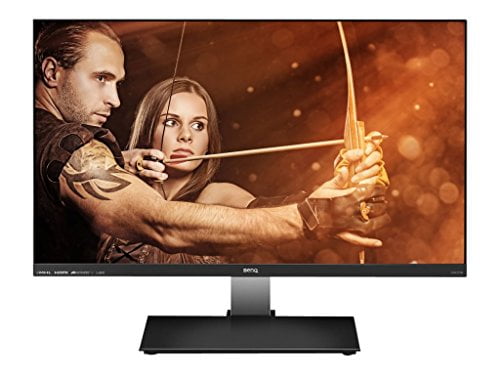What is overdrive on a modern gaming monitor? OD is a function that allows a gamer to tweak the monitor’s response time on the fly to eliminate the trailing of images on the screen. Monitor technology’s improved so much over the years to include advanced functions like OD, which is something the first computer monitor could not perform. If you want to play against other competitive gamers, ensure that you adjust the overdrive menu settings on your gaming monitor. This configuration will enable you to achieve the best response time that can deliver smooth moving graphics to help the best computer monitor run even more smoothly.
That said, another customization option includes calibrating the monitor to work at its best while gaming. Plus, it’s always a good idea to learn how much input lag is fine for gaming, so you buy the right monitor.
Moreover, the type of monitor can affect your gaming, if not your eyes. So, if your eyes bother you despite achieving smoother graphics, consider the best eye care monitor to help relieve eye strain.
KEY TAKEAWAYS:
- You can boost the refresh rate of your monitor by adjusting the overdrive settings on your display screen.
- Various brands produce different monitors that have overdrive settings with differing titles.
- Suppose you do not experience ghosting with your monitor on default settings. In that case, there is no need to use the overdrive feature.
How Overdrive Works
LCD monitors have very tiny crystals that move around the screen. When the crystals receive high voltage, they allow light transmission. As a result, you will see color on your monitor. Once the overdrive setting is enabled, the crystals will move faster because of the application of high voltage on the crystals.
In addition, the colors of the LCD pixels will change color at a faster rate, and this is what is known as overvolting. That is precisely how overdrive on a monitor boosts the display’s response time. It is the first step in knowing how to fix monitor ghosting.
How to Change the Overdrive Settings
Every monitor manufacturer has its way of designing the internal settings. In effect, the overdrive settings differ based on the brand of the gaming monitor. But ideally, you can access the overdrive settings of the monitor by opening the On-Screen Display (OSD) menu, where you will find the overdrive option. Lastly, you can find the menu under the following titles: OD, Rampage Response, Response Time, or TraceFree in some ASUS monitors.
Some monitors will only have three settings, low, medium, and high. In some cases, you can find overdrive modes with weak, medium, and strong, or a scale with levels ranging from 0 to 100 in increments of 20. Other screen display overdrive settings have slow, normal, fast, and faster options. As a gamer, you may also be interested in knowing what to put for monitor scaling full screen for gaming.
Which is the Best Overdrive to Use?
If you have an IPS panel or a 60Hz display panel, there are very few chances that the screen’s refresh rate is faster than the response time. Therefore, you may not notice ghosting in most instances, even when you have set overdrive to low or off. The best setting is normal or medium.
If you go for a higher overdrive, you will end up with pixel overshoot or inverse ghosting. We have looked at the question “What is overdrive?”. We can state that excess overdrive can create coronas, which is another name for overdrive artifacts.
F.A.Q.
Does overdrive cause input lag?
If you enable the overdrive option and select a mode, you will not have any input lag. However, in case you choose low overdrive settings, you may experience a ghosting effect.
What is ghosting?
Monitor ghosting is a term that commonly refers to the blurring images that appear on your LCD monitor. You can experience ghosting when you play a high-speed game or when your monitor has a slow response time. What usually happens is that sections of the old image change faster than other sections.
Is overdrive bad for display?
Too much overdrive on your gaming monitor can lead to inverse ghosting. For it to occur, your screen will display a shadow with opposite colors. In addition, excess overdrive can create coronas, which is another name for overdrive artifacts.
STAT: A 240Hz monitor can get you 75% less motion blur than a 60Hz monitor and 50% less motion blur than a 120Hz monitor. But remember, not all 240Hz monitors perform the same compared to a 120Hz monitor. (source)
REFERENCES:
- https://x2.games/what-is-overdrive-in-gaming/
- https://www.hp.com/us-en/shop/tech-takes/monitor-ghosting-fix#:~:text=Monitor%20ghosting%20occurs%20when%20an,that%20looks%20like%20a%20ghost.
- https://www.youtube.com/watch?v=ER1YV42iqrE&ab_channel=Techquickier
- https://en.wikipedia.org/wiki/Response_Time_Compensation
- https://www.testufo.com/ghosting

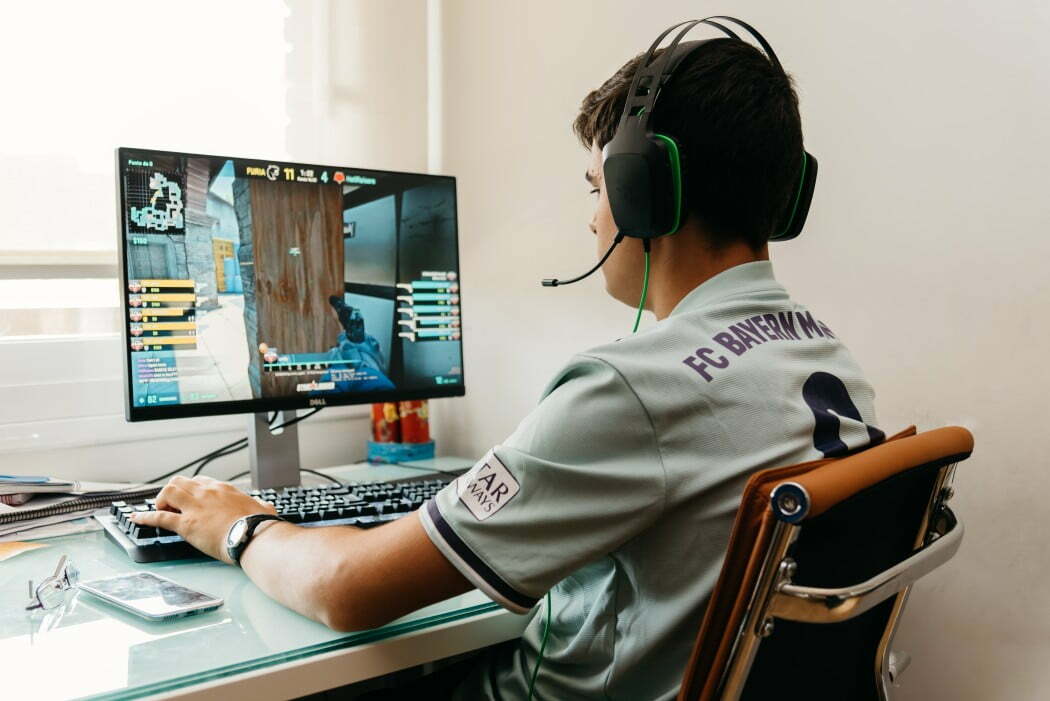



























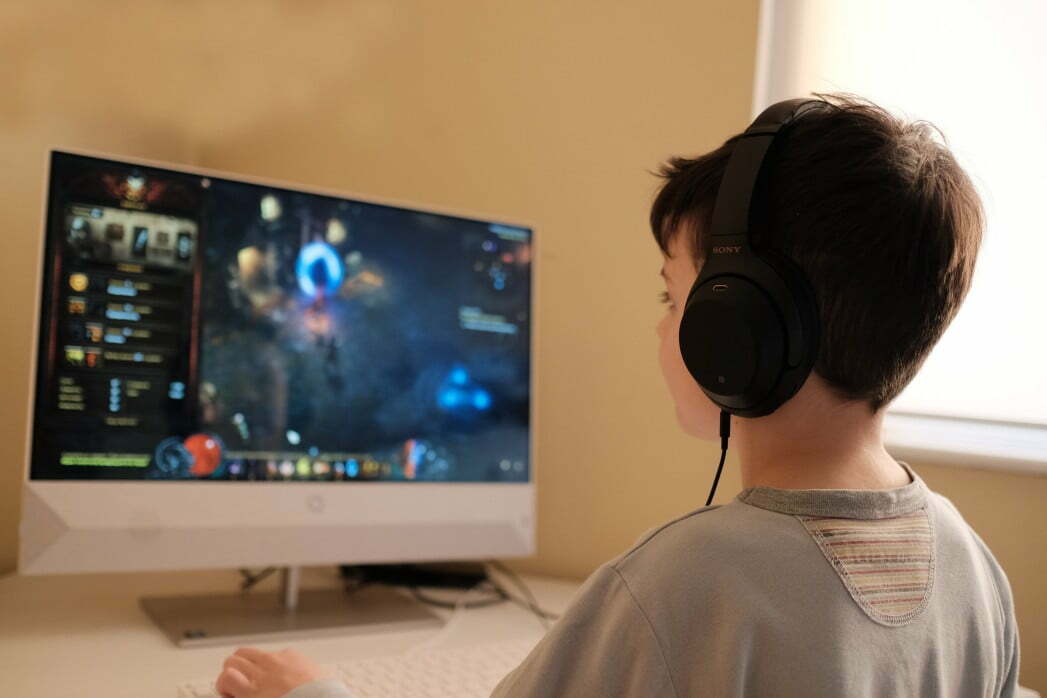
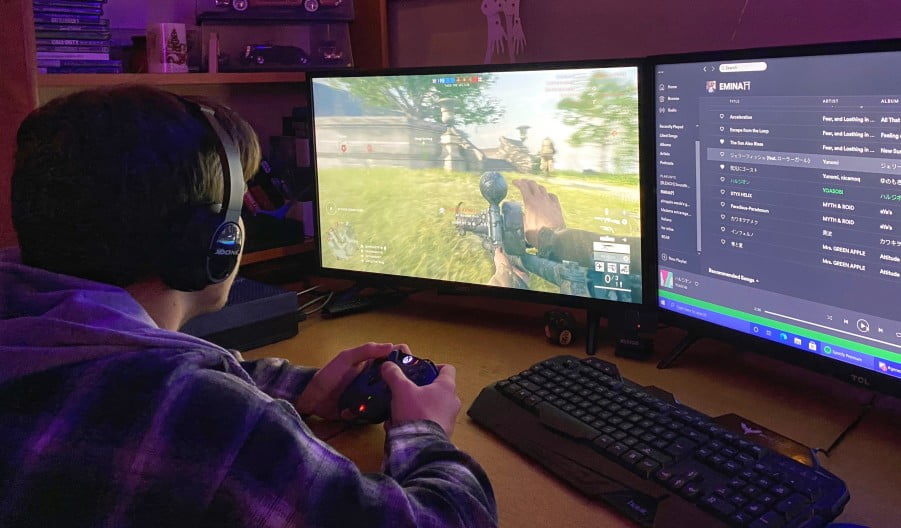
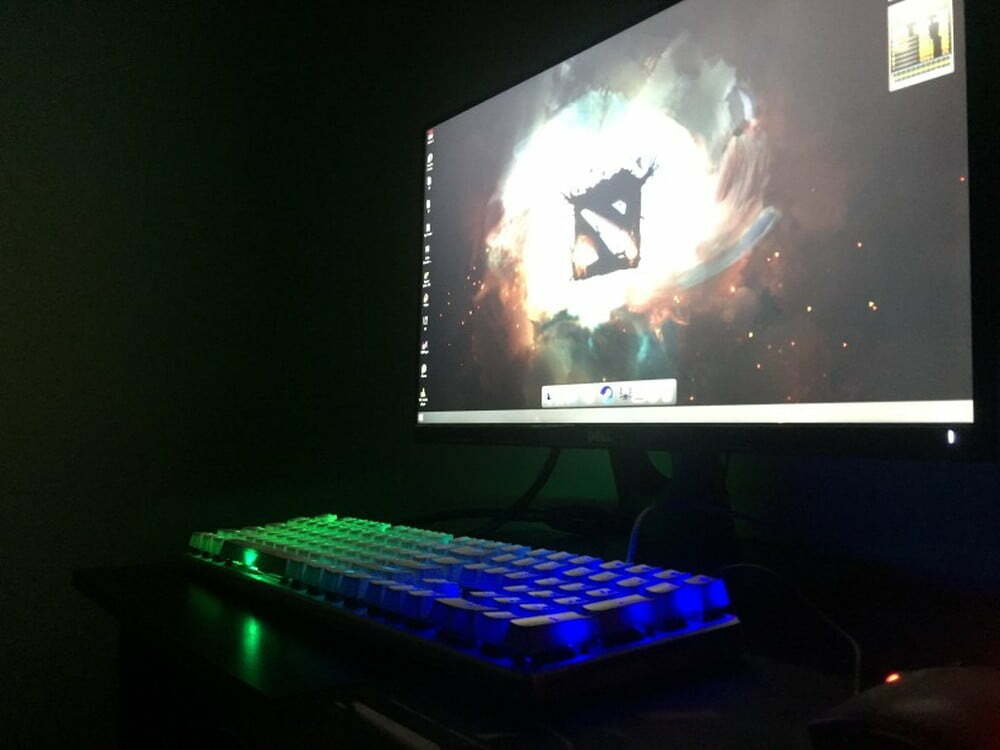

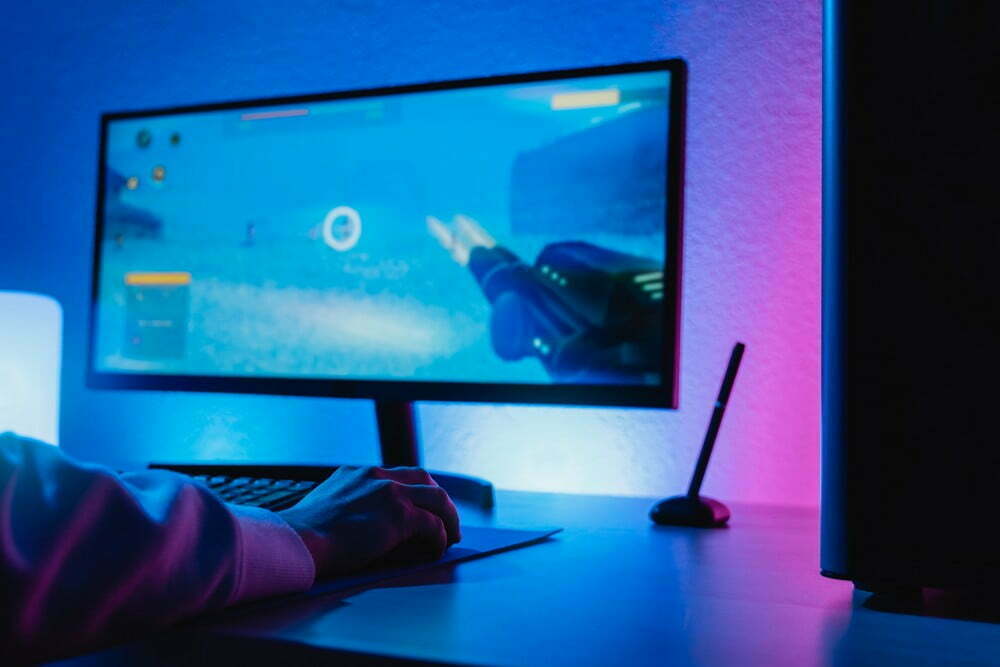
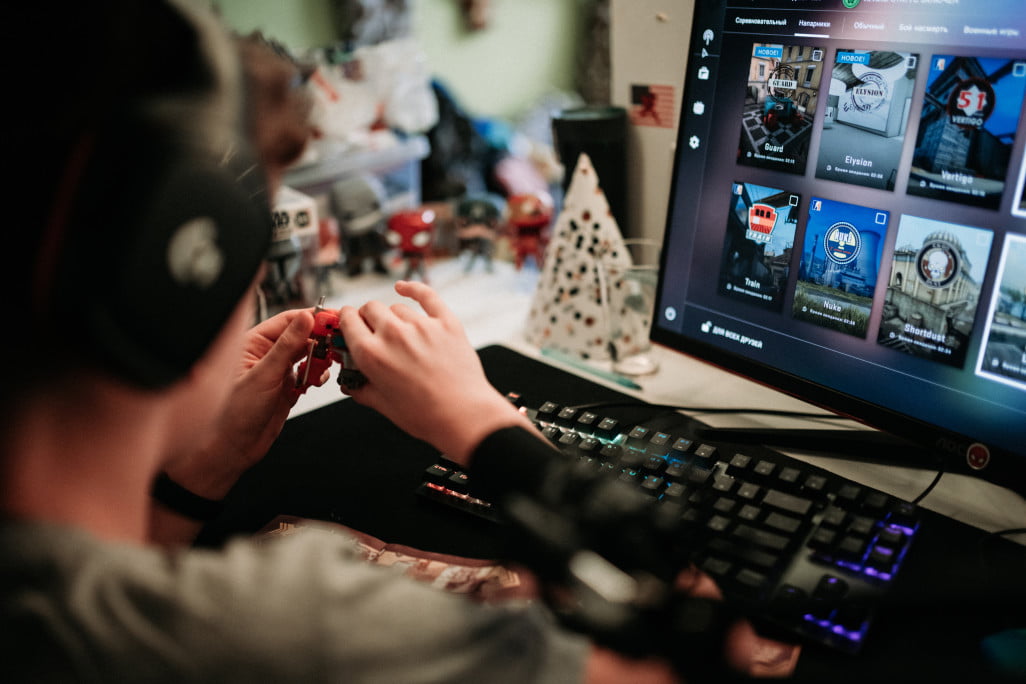
![Best 27 Inch Computer Monitor in [year] 27 Best 27 Inch Computer Monitor in 2026](https://www.gadgetreview.dev/wp-content/uploads/how-to-buy-the-best-computer-monitor.jpg)
![Best BenQ Monitors in [year] 28 Best BenQ Monitors in 2026](https://www.gadgetreview.dev/wp-content/uploads/best-benq-monitor-image.jpg)
![Best ASUS Monitors in [year] 29 Best ASUS Monitors in 2026](https://www.gadgetreview.dev/wp-content/uploads/best-asus-monitor-image.jpg)
![Best Dell Monitors in [year] 30 Best Dell Monitors in 2026](https://www.gadgetreview.dev/wp-content/uploads/best-dell-monitor-image.jpg)
![Best HP Monitors in [year] 31 Best HP Monitors in 2026](https://www.gadgetreview.dev/wp-content/uploads/best-hp-monitor-image.jpg)
![Best Lenovo Monitors in [year] 32 Best Lenovo Monitors in 2026](https://www.gadgetreview.dev/wp-content/uploads/best-lenovo-monitor-image.jpg)
![Best ViewSonic Monitors in [year] 33 Best ViewSonic Monitors in 2026](https://www.gadgetreview.dev/wp-content/uploads/best-viewsonic-monitor-image.jpg)
![Best Gigabyte Monitors in [year] 34 Best Gigabyte Monitors in 2026](https://www.gadgetreview.dev/wp-content/uploads/best-gigabyte-monitor-image.jpg)
![Best Monitors for PS4 Pro Gaming in [year] 35 Best Monitors for PS4 Pro Gaming in 2026](https://www.gadgetreview.dev/wp-content/uploads/best-monitors-for-ps4-pro-image.jpg)
![Best Monitor for Xbox Series X in [year] 36 Best Monitor for Xbox Series X in 2026](https://www.gadgetreview.dev/wp-content/uploads/best-monitor-for-xbox-series-x-image.jpg)
![Best Acer Monitors in [year] 37 Best Acer Monitors in 2026](https://www.gadgetreview.dev/wp-content/uploads/best-acer-monitor-image.jpg)
![Best MSI Monitors in [year] 38 Best MSI Monitors in 2026](https://www.gadgetreview.dev/wp-content/uploads/best-msi-monitor-image.jpg)
![Best SAMSUNG Monitors in [year] 39 Best SAMSUNG Monitors in 2026](https://www.gadgetreview.dev/wp-content/uploads/best-samsung-monitor-image.jpg)
![Best LG Monitors in [year] 40 Best LG Monitors in 2026](https://www.gadgetreview.dev/wp-content/uploads/best-lg-monitor-image.jpg)
![Best AOC Monitors in [year] 41 Best AOC Monitors in 2026](https://www.gadgetreview.dev/wp-content/uploads/best-aoc-monitor-image.jpg)
![Best Philips Monitors in [year] 42 Best Philips Monitors in 2026](https://www.gadgetreview.dev/wp-content/uploads/best-philips-monitors-image.jpg)
![Best Monitors For PUBG in [year] 43 Best Monitors For PUBG in 2026](https://www.gadgetreview.dev/wp-content/uploads/best-monitor-for-pubg-image.jpg)
![Best Stream Decks in [year] 44 Best Stream Decks in 2026](https://www.gadgetreview.dev/wp-content/uploads/best-stream-deck-image.jpg)
![Best Monitors for Streaming in [year] 45 Best Monitors for Streaming in 2026](https://www.gadgetreview.dev/wp-content/uploads/best-monitor-for-streaming-image.jpg)
![Best Monitors For Flight Simulator in [year] 46 Best Monitors For Flight Simulator in 2026](https://www.gadgetreview.dev/wp-content/uploads/best-monitor-for-flight-simulator-image.jpg)













